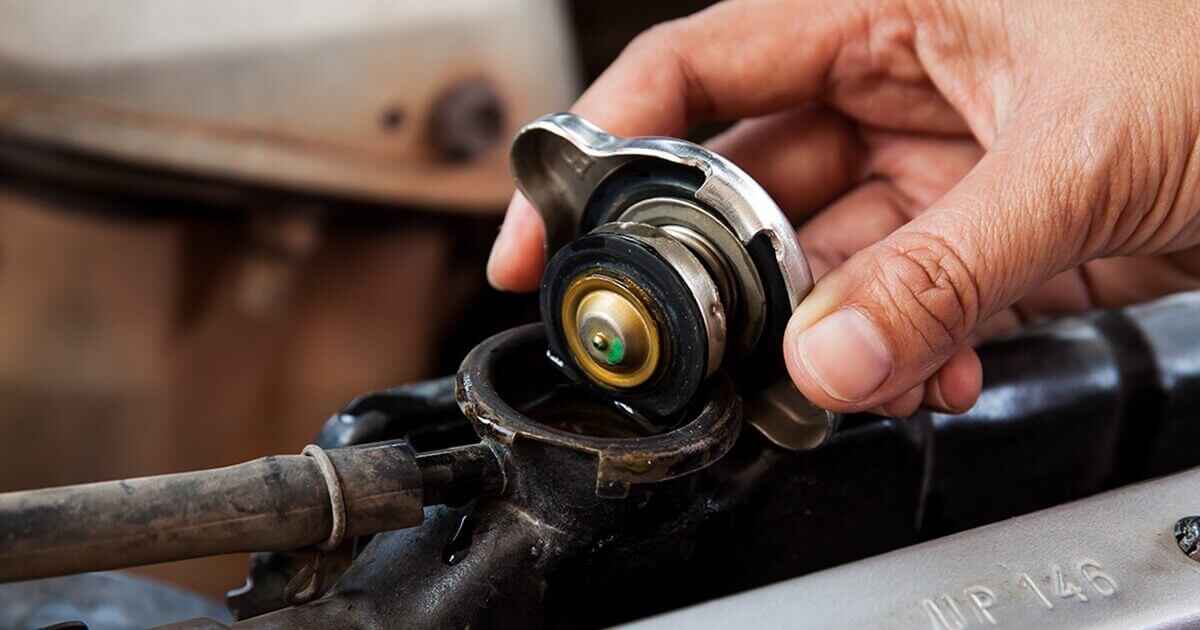Driving a Tesla is a thrilling experience, due to its cutting-edge technology and environmentally friendly features. However, like with any vehicle, it is critical to ensure that all systems are working properly to keep up performance and safety standards. The cooling system is one such system that needs attention because it relies on a sufficient quantity of coolant to work properly.
Driving without enough coolant levels not only reduces vehicle efficiency but can also do major harm to your electric car. It’s best not to drive if you notice a message regarding low coolant in your Tesla Model X, Y, S, or 3. But, if the message changes to “Coolant Low OK to Drive” you should go to the nearest Service Centre. In this article, we will tell you the risks and solutions related to this issue.

What Does A Low Coolant Warning Mean?
Before getting into the answer, it’s vital to understand the purpose of coolant in Tesla cars. Teslas, like classic combustion engine vehicles, utilize a coolant system to keep the battery pack and electric motor cool. Unlike internal combustion engines, which employ cooling systems exclusively to manage engine temperature, Teslas have to manage the battery, power electronics, electric motor, and cabin temperature.
Many people ask “What to do when a low coolant light comes on?”. A car’s low coolant light often means the engine coolant level is lower than the acceptable amount. This technique avoids overheating, ensuring improved performance and battery life.
4 Main Causes of “Coolant Low, OK to Drive” in Tesla
The coolant low alert can be caused by several conditions, including:
1. Coolant Leak
A coolant leak is the most common cause of low coolant levels. This can be caused by a faulty hose, a faulty connection, or even a tiny hole inside the coolant reservoir.

2. Air Bubbles
Air bubbles might become caught in the cooling system and cause the alert to display. These bubbles may block enough coolant circulation.
3. Temperature Changes
Extreme temperature changes can cause the coolant to expand and contract, generating changes in the coolant level. This may result in a warning.
4. Component Damage
Is there a warning light for low coolant is the question that comes to mind? Driving with low coolant levels for an extended period might irreversibly damage your electric motor, battery, and other key systems. These components can overheat, resulting in costly repairs and decreased vehicle longevity.
Similar Posts:
- Tesla Air Conditioning is not cold
- 503 Error Maintenance Tesla
- Why is My Tesla Walk Away Lock Not Working?
- What To Do If Tesla Update Stuck At 50?
- How To Defog Tesla Windshield
3 Solutions for the Tesla Coolant Low Warning
Here are some of the solutions for the Tesla coolant low warning:
1. Refill the Coolant
If you’re comfortable with basic car maintenance, consider adding more coolant to your Tesla. Make sure your Tesla has cooled down before attempting to add coolant. Identify the best type of coolant for your Tesla model. Consult your owner’s manual for more information. Locate and gently remove the coolant reservoir’s top. Slowly add the suggested coolant to the reservoir until it reaches the appropriate level. Wait till it’s full.
2. Monitor Temperature
After adding coolant, start your Tesla and keep a close eye on the temperature gauge. If the temperature remains within normal limits, the issue could be with the coolant level.
3. Professional Services and Assistance
Tesla’s large network of service centers is available to customers who need expert assistance. These centers can not only help with coolant refills, but they can also do an in-depth diagnostic to detect any potential problems. Maintaining a record of all service appointments as a component of your Tesla’s maintenance history is important.
Can I Drive With Low Coolant Warning?
Driving your Tesla when the coolant level is insufficient is not safe to drive. Coolant is essential for managing engine temperature, avoiding overheating, and maintaining peak performance. Driving with a low coolant level might cause engine harm or even failure.
Outcomes of Driving With Insufficient Coolant
Continuing to drive despite a coolant shortage can lead to numerous issues.
1. The Effect on Battery Health
The battery pack, the primary source of power for your Tesla, is delicate to temperature changes. Insufficient cooling can cause overheating, which will reduce the car’s power in the short term to prevent damage, in the long term, could harm the battery cells, reducing their lifespan and lowering range.
2. Faulty Electrical Components
Similarly, consistent temperatures are required for electrical systems to work optimally. Overheating may result in sudden component failures or hidden issues that may require expensive repairs.
3. Vehicle Damage
The cooling system is also used by the electric motor. Consistent overheating can harm the internals of the motor, possibly leading to a severe failure.

Conclusion
The “Coolant Low” notification in Tesla automobiles is a useful warning system designed to keep your electric vehicle’s proper functioning. Though it may be concerning, it is frequently a controllable problem caused by causes such as leaks or air bubbles. You can deal with the warning and keep your Tesla working smoothly by following the instructions indicated in this article. However, if the problem continues, it is critical to get expert help to ensure your vehicle’s long-term reliability.


![[Solved] Tesla Coolant Low Warning: Is It Safe to Drive? Tesla Coolant Low Warning](https://carstale.com/wp-content/uploads/tesla-coolant-low-warning-1024x428.jpg)